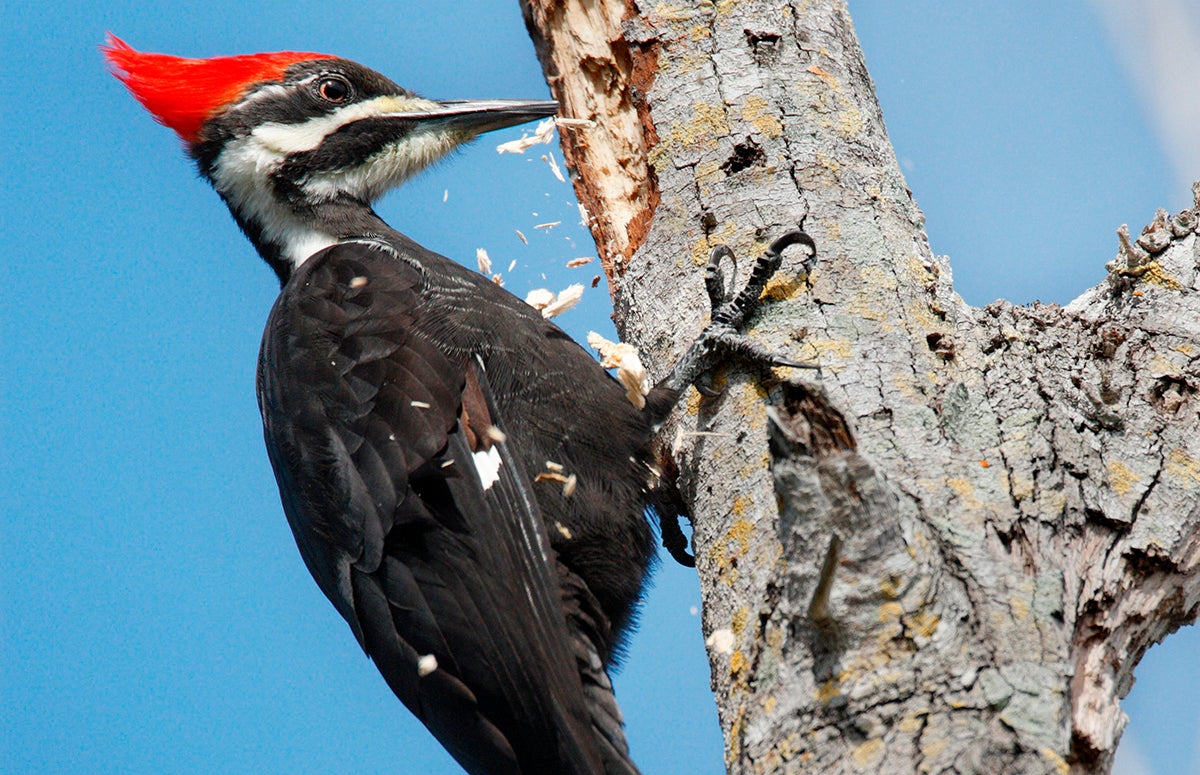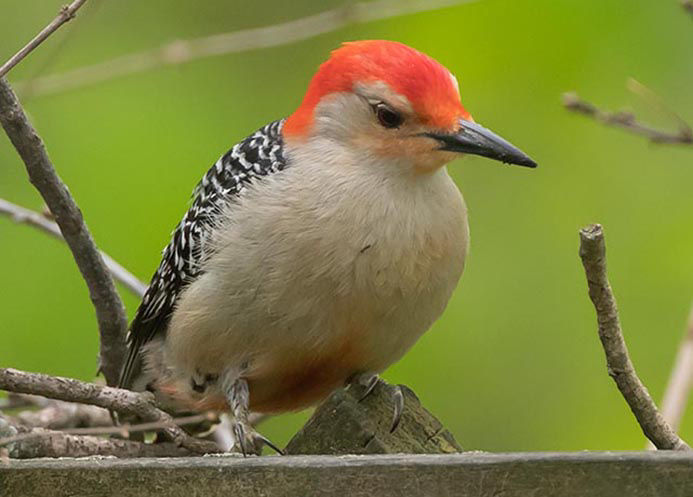Woodpeckers in Florida: Natural History, Ecology, and Preservation
Woodpeckers Unleashed: Discovering the Wonders of These Competent Tree Climbers
Woodpeckers, with their distinct markings and balanced drumming echoing through wooded locations, hold a special place in the bird globe. Their specialized makeup and adaptations enable them to navigate upright surface areas with unparalleled ability. However, their mastery of tree climbing is just one aspect of their interesting behavior. As we explore the complex information of woodpeckers' nesting practices, feeding methods, and the ongoing preservation initiatives to secure these impressive birds, a deeper appreciation for their location in nature unravels.
Anatomy and Adaptations
When examining the composition and adjustments of woodpeckers, one can observe exceptional attributes that make it possible for these birds to grow in their specialized ecological niche. Woodpeckers are equipped with a collection of one-of-a-kind anatomical features that aid them in their woodpecking behavior. Among the most famous functions is their strong, chisel-like beak, which is specialized for drilling into timber to uncover pests or produce nesting cavities. This beak is supported by strong neck muscular tissues and a highly created head framework that works as a shock absorber, enabling woodpeckers to repeatedly peck at trees without creating mind injury. Furthermore, woodpeckers have zygodactyl feet, with two toes dealing with forward and two facing backward, giving a company grip on tree trunks while they look for food or drum for communication.
Additionally, woodpeckers have a special tongue structure that is long, barbed, and sticky, enabling them to draw out bugs from crevices in timber. This specific adaptation allows woodpeckers to exploit a food resource that is unattainable to many other bird species. In general, the composition and adaptations of woodpeckers showcase the exceptional evolutionary remedies that have actually allowed these birds to flourish in their arboreal habitat.
Drumming Habits
Having explored the anatomy and adaptations of woodpeckers, the emphasis now shifts to understanding their drumming behavior, an unique facet of their communication and territorial screens. Drumming is a crucial type of communication amongst woodpeckers, offering numerous purposes such as developing regions, attracting mates, and signaling alarm. Each woodpecker species has a special drumming pattern that helps individuals identify participants of their very own species and differentiate them from rivals or predators.
Woodpeckers create drumming sounds by rapidly pecking on resonant surfaces such as dead trees, energy poles, or also metal objects, creating a collection of balanced beats. The intensity and rate of drumming can vary based upon the objective; for instance, a fast drumming series might symbolize aggression in the direction of burglars, while a slower and softer drumming pattern might show courtship (Woodpeckers in Florida). Additionally, woodpeckers may change the regularity and period of their drumming to convey certain messages efficiently
Nesting Practices
Discovering the nesting behaviors of woodpeckers exposes interesting insights into their reproductive behaviors and habitat choices. Woodpeckers are understood for their one-of-a-kind nesting choices, typically excavating dental caries in trees to create sheltered rooms for raising their young. These dental caries offer not just as a nesting website but also as a safe and secure refuge from killers and harsh weather.
Woodpeckers exhibit a high level of fidelity to their nesting websites, have a peek here usually going back to the very same place every year. This habits highlights the relevance of suitable environment schedule for their reproductive success. The choice of a nesting website is critical for woodpeckers, with elements such as tree types, height, and decay stage playing significant duties in their decision-making process.
Surprisingly, some woodpecker varieties are recognized to dig deep into numerous tooth cavities within their area, offering themselves with alternative nesting choices. This method may serve as a type of insurance against possible hazards or disruptions to their key nesting website.

Feeding Strategies
Woodpeckers utilize a selection of specialized feeding methods to obtain their key food resources. Among one of the most unique feeding behaviors of woodpeckers is drumming, which entails rapid pecking on trees to reveal insects below the bark. This drumming not just assists them locate victim but likewise functions as a means of interaction with various other woodpeckers. Woodpeckers have solid, chisel-like beaks that permit them to pierce right into timber effortlessly. As soon as an opening is developed, they utilize their lengthy, barbed tongues to remove bugs such as ants, beetles, larvae, and crawlers. These tongues are covered with sticky saliva that assists trap the prey. Woodpeckers are likewise understood to dig deep into cavities in trees to accessibility concealed insect larvae or sap. Some varieties, like the acorn woodpecker, store nuts in specially produced holes called granaries. This tactical keeping of food aids them survive during food scarcity periods. Woodpeckers are genuinely exceptional in their feeding methods, showcasing versatility and intelligence in obtaining their nutrition.
Preservation Initiatives
Among the complex feeding strategies exhibited by woodpeckers, the preservation initiatives intended at safeguarding these remarkable birds play a vital duty in preserving their environments and populations. Woodpeckers deal with various threats to their survival, including habitat loss because of logging, environment modification altering their ecological communities, and collisions with synthetic frameworks such as structures and lorries - Woodpeckers in Florida. Guardians are proactively working to deal with these obstacles and guarantee the long-term wellness of woodpecker varieties

Education and learning and public understanding campaigns are also important components of woodpecker conservation initiatives. By elevating recognition concerning the significance of these birds in maintaining healthy woodland communities, conservationists can garner assistance for environment preservation campaigns and promote responsible land monitoring practices. Via joint efforts between researchers, policymakers, and neighborhood communities, we can work with each other to secure a future where woodpeckers prosper in their all-natural habitats.
Conclusion
